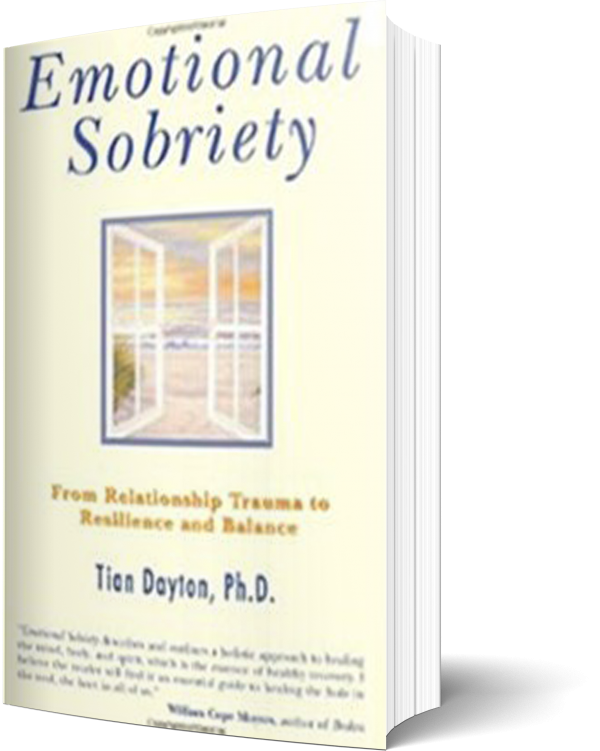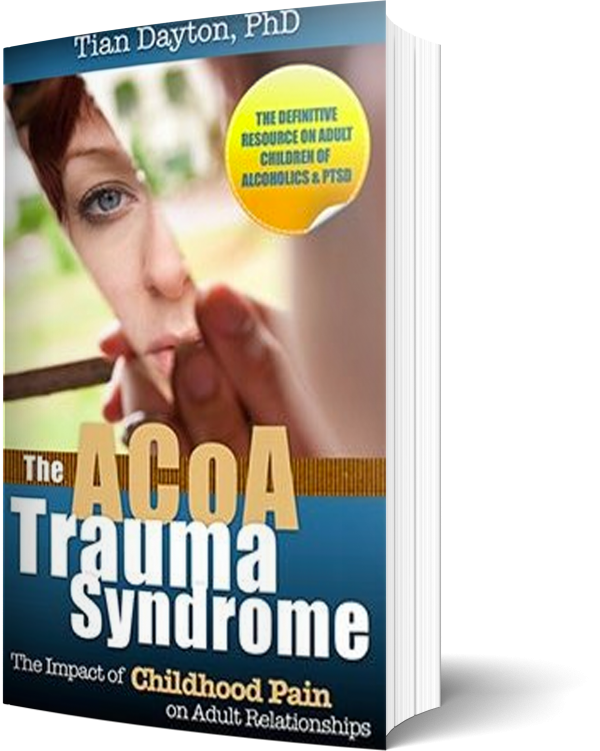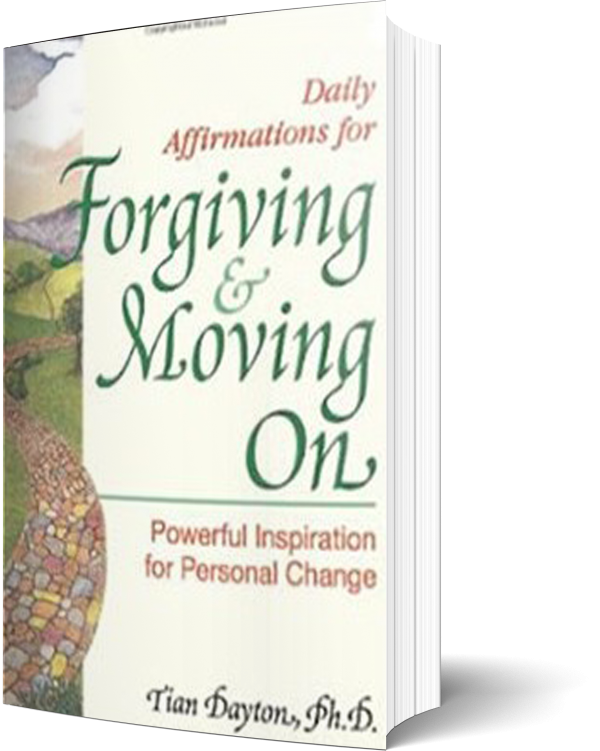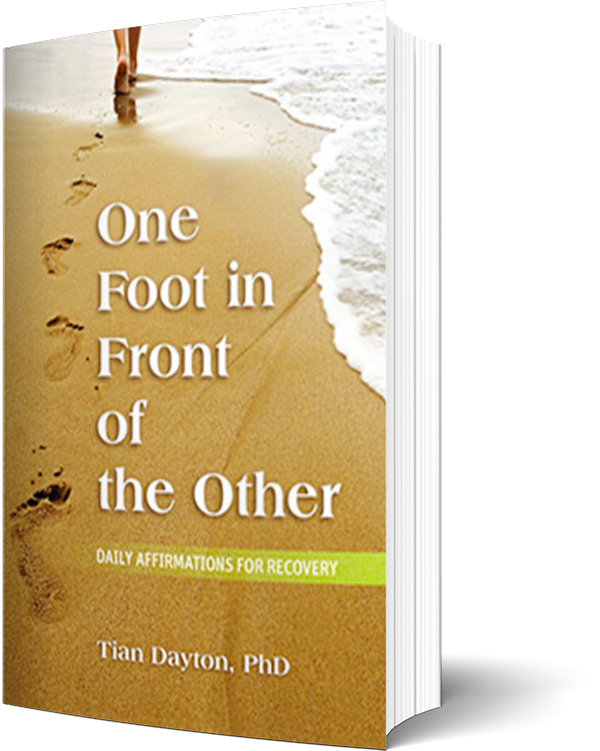In 1980, when the term adult child of alcoholic, ACOA was coined, ACOAs literally came out of the woodwork, testifying in droves to confusion, resentment and hurt that the child within them still hung onto. They reported feeling, at times, like “children walking around in the bodies of grown ups”. Both scared and relieved they were admitting how much, after all these years, they still felt haunted by issues from their past. By growing up in families where alcohol had turned the homes they cherished into scary places and the parents they loved into scary people. The tears flowed as they realized that they weren’t the only ones who avoided bringing friends home, hid when their parent was drunk and envied classmates with “normal” families.
A movement was born. Not a political movement but a movement based on a need to reveal and a desire to heal.
As these “inner children” began to open up, they found they weren’t alone in having frozen and “forgotten” parts of themselves that they didn’t know what to do with. These hidden “parts” not surprisingly, were becoming triggered when, as adults, they began having families of their own. Sitting in their own living rooms, with their own spouses and children, they felt disturbed by scenes from yesteryear. All over again, they found themselves smack in the middle of the very situation that had traumatized them to begin with. Namely, a family.
Why is having a Family Like a Car Backfiring for the ACOA?
The natural feelings of intense closeness and dependency, that are a part of living in a family, can become potential triggers for the ACOA. In just the same way as a soldier with post traumatic stress disorder PTSD “hits the dirt” when he hears a car backfire because his unconscious reads it as gunfire, an ACOA “hits the dirt” emotionally when he fears a repeated rupture to his sense of self or the family he needs and loves.
This is why the ACOA syndrome is a post traumatic stress disorder, PTSD. Long after the “stressor” is removed, the ACOA lives as if it is still present. Long after they have left home, gotten jobs, married and had children, their unresolved pain from childhood still lives inside of them, waiting to be triggered to the surface through events that mirror the situations that hurt them to begin with. Like, for example, their own family relationships. Beneath the level of their awareness, ACOAs get scared all over again. Their natural neediness makes them feel vulnerable, they wait for the proverbial roof to cave in the way that it did when they were kids, for life and love to hurt and betray them all over again. Ghosts from their past dance around their present. Unconsciously they see chaos, humiliating scenes and out-of-control behavior lurking just around the corner, that mocks and mimics their early childhood experience. In fact, they may be so convinced that distress is looming, that they may actually feel mistrustful and suspicions, if problems are solved too smoothly. They may even push a situation in a sort of convoluted attempt at self protection, trying to ferret out potential danger until, through their relentless efforts to avoid it, they actually create it. And so the pattern of emotional closeness and dependence leading to chaos, rage and tears is once again reinforced and passed along.
The Brain in a State of Fear:
Our thinking brain shuts down when we’re very scared, but our feeling brain keeps going and absorbing what’s around us. The cortex, which is where we think about what we’re feeling and make sense of it, shuts down when we’re in a state of terror. When we’re really scared our limbic system takes over and we go into fight/flight. Nature doesn’t want us thinking about running for safety when confronted with a charging, wild boar, it wants us simply to run.
But for a child, a drunk and raging or neglectful parent, is just as terrifying as a saber toothed tiger and can throw them into a state of extreme stress.They freeze in fear, like a deer in the headlights, they get caught in a “startle response”. Following that is the attempt to fight or flee. If escape is possible, the experience of the near-trauma will be temporarily stressful, but the person is unlikely to develop full-blown post-traumatic stress disorder PTSD. If, however, the intention to flee is thwarted, the result is a “freeze” response. What is a child supposed to do? if they fight, they will eventually lose, the parent, after all, has the keys to the front door. And if they flee, where will they go?
For children who grew up in addicted homes there may have been no where to run. So all of those fear laden memories may well have remained unconscious and unprocessed because the adults who they would normally have gone to for comfort and to help them understand what was scaring them, were unavailable. And to make matters even worse, it may have been the adults themselves causing the fear and stress. For the child living with addiction, the COA, this becomes a double whammy. Not only are they being hurt and terrified but the adult, who they would normally go to for comfort and to make sense of the situation, is the one causing the pain to begin with or even blaming it on them. There is, in other words, no escape.This child is at a higher risk for developing PTSD.
The ACOA: How Childhood Pain Gets Played Out in Adult Relationships
When children are unable to make sense of frightening childhood experiences those experiences do not necessarily disappear. Rather the images, impressions and feelings that surround them can remain locked within their unconscious waiting to be triggered to the surface. Unfortunately, when they do surface they often get projected onto the situation that triggered them, with little or no awareness of their deeper origins.They may see the circumstance of today, as the sole cause of their intense emotional reactions and be entirely unaware that pain from their past may be driving an over-reaction in their present.. Needless to say, this can make adult intimacy feel confusing and unmanageable because the past becomes mixed up with the present and problems become bigger and more complicated than necessary.This is why I call what I work with relationship trauma,because childhood relationship trauma is getting triggered and played out in adult relationships.
But their is a solution. And it is likely in your neighborhood. The good news is that relationship trauma is very treatable. And treatment itself becomes a journey of personal growth and a deepening of self awareness.A good place to start is a twelve step room like alanon or an ACOA meeting. For more information log onto NACoA.org, National Association for Children of Alcoholics.





